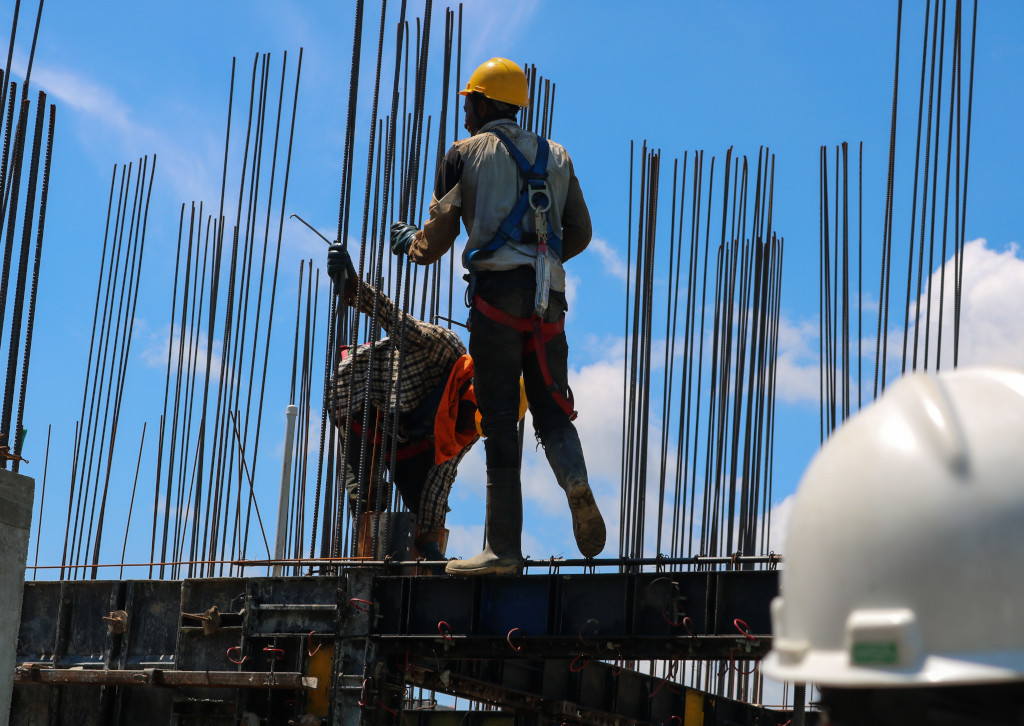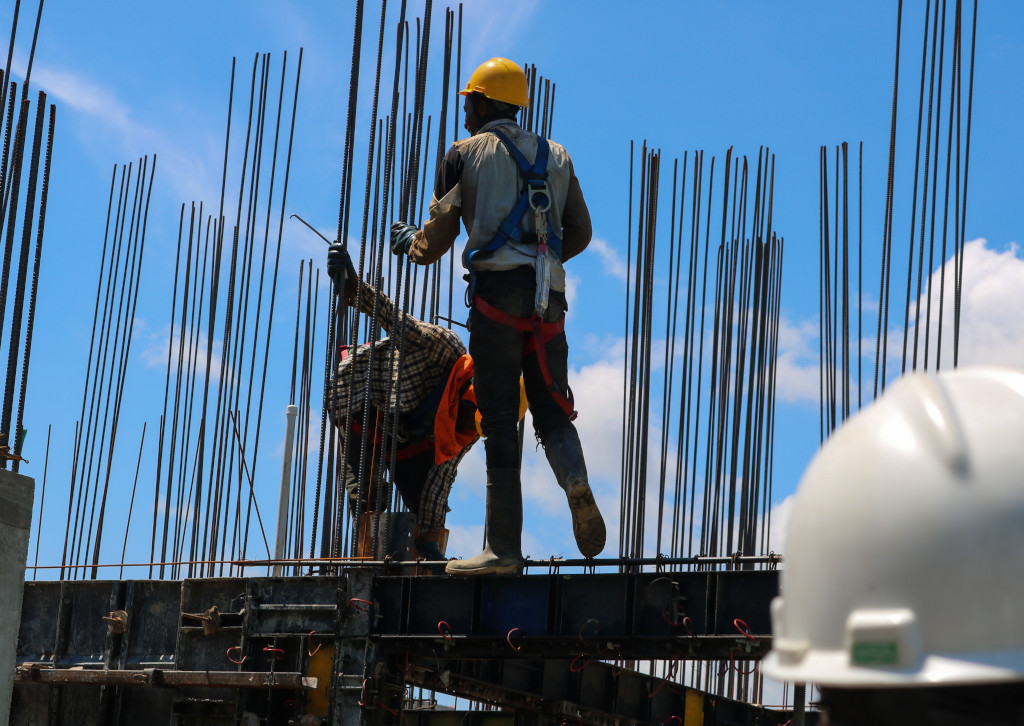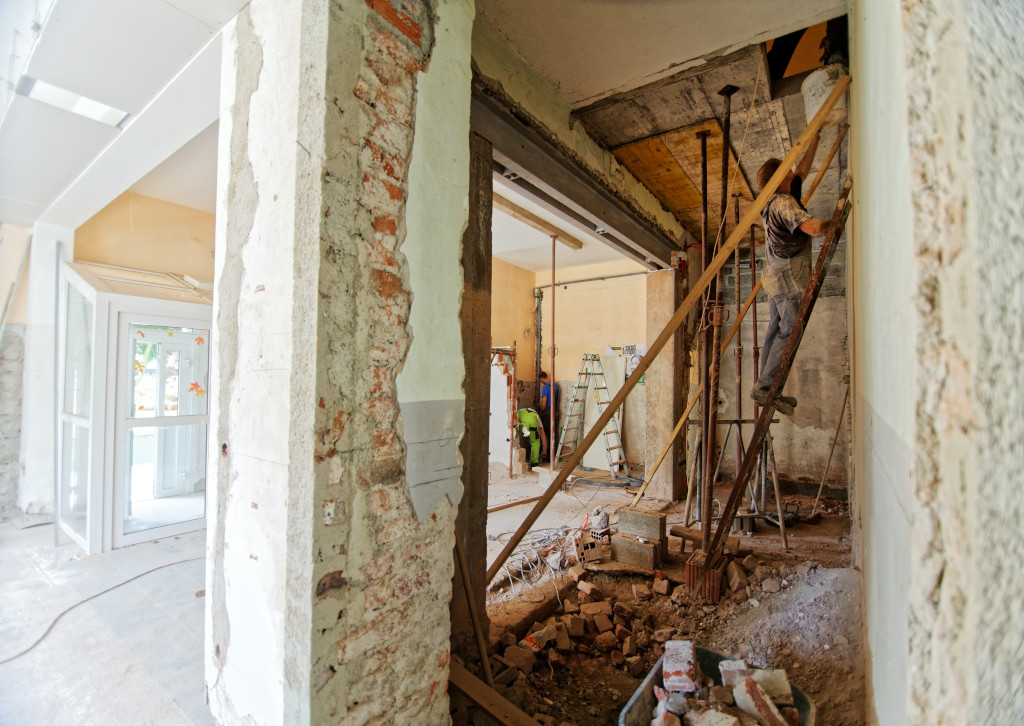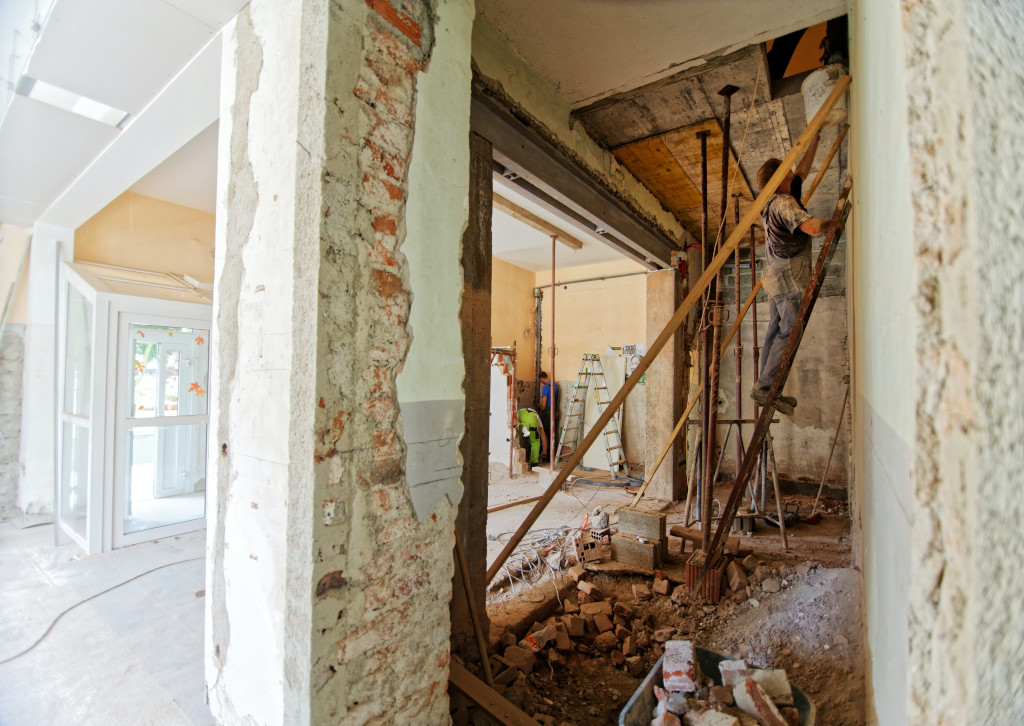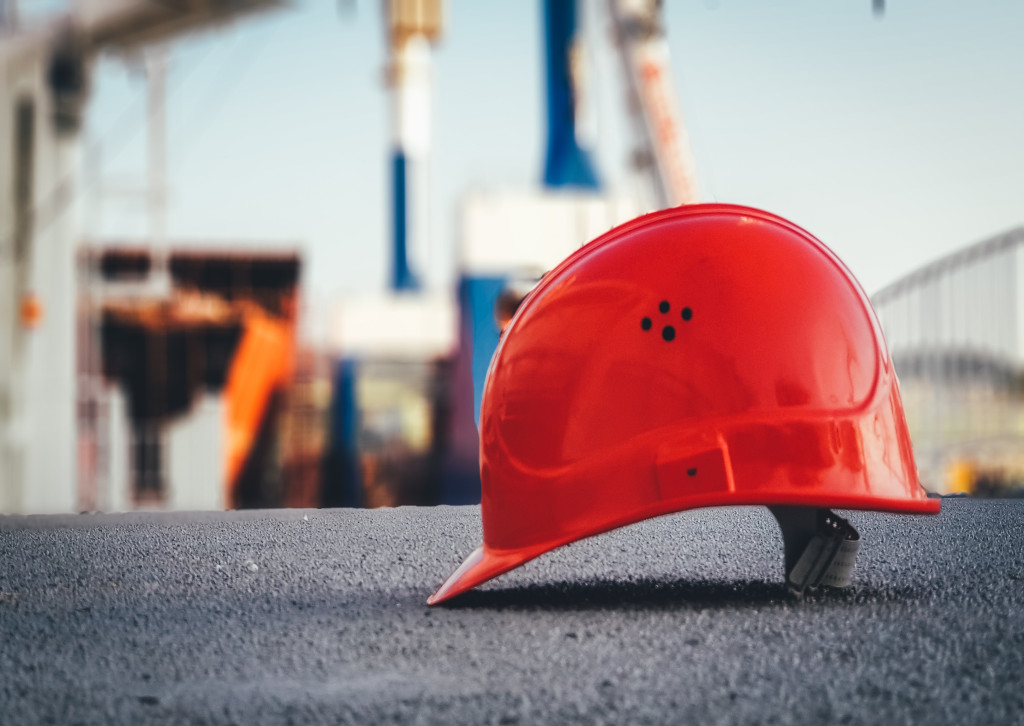The market is full of new dozers and those new dozers are full of new technology.
The new tech includes increased automation features to make the machines easier to operate.
“One of the biggest struggles facing contractors today is finding and retaining skilled operators,” says Matt Goedert, solutions marketing manager, John Deere. “John Deere is developing several features to help overcome this challenge.”
Manufacturers have also focused on improved design to make their dozers quieter, more comfortable and with increased operator visibility.
Cat improved forward visibility up to 30% on its newest model, the D4. Visibility is especially improved to the top of the blade and the area in front of it. The company lowered the hood line and relocated components that could impede sight.
“The D4 is the smallest of Cat’s mid-size dozers,” says Sam Meeker, market professional, Cat. “Visibility is especially important in applications where this size class is typically found, where obstacles and workers are common on site.”
Here’s a look at the latest dozers and their new technology and design features:
New and improved
The D4 started last year as a rebadged D6K. This was done to align the machine with Cat’s revised machine model naming protocol and to fill a numeric gap in D Series dozers.
The current D4, however, is truly a new machine and has been available since the second quarter of this year.
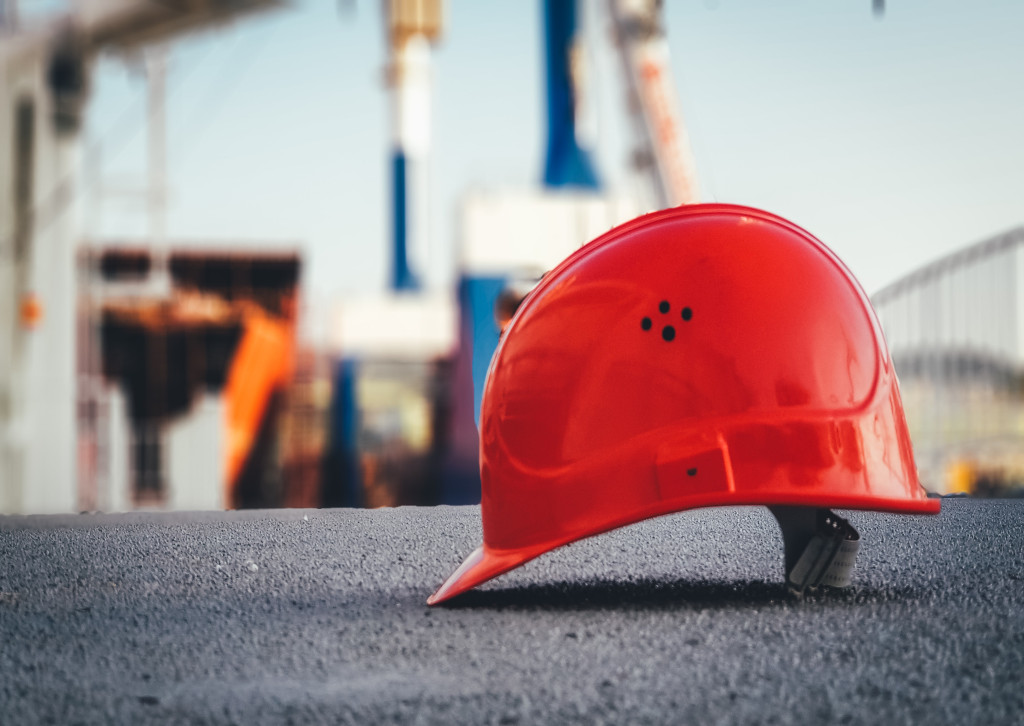
The Cat D4 is powered by a Cat C4.4 engine rated at 130 net horsepower. Operating weight is 29,259 pounds in non-LGP with 22-inch shoes, and 30,882 pounds in LGP with 30-inch shoes. Blade capacities are 4.26 cubic yards non-LGP and 4.98 cubic yards LGP. Foldable blades are available for both and have the same capacities as the standard VPAT blades.CaterpillarThe rearview camera is integrated into the new 10-inch color touchscreen. The view can be on only during reverse travel or can be left on all the time. In the latter case, the camera view occupies about one-fourth of the screen and is surrounded by operating data. All Next Gen Cat dozers share the same screen layout to help with familiarity.
The D4 has all the machine control options Cat offers on its dozers, including Cat Grade with 3D and the ability to install systems from Topcon, Trimble and Leica. A Waste package includes guarded rear lights, double-skinned fuel and hydraulic tanks, final drive guard and air pre-cleaner.
The HD package is ideal for forestry, demolition and other high-demand applications. It has additional underbelly guards; additional sweeps, sealing and screening to keep out dust and debris; a reversing fan and heavy-duty fenders. Standard and low ground pressure (LGP) versions are available.
A variable pitch angle tilt (VPAT) blade is standard. Blade options include power pitch for more aggressive cutting, and folding blades that bring the blade within the width of the tracks (under 93.3 inches for standard pitch and under 110.8 inches for LGP).
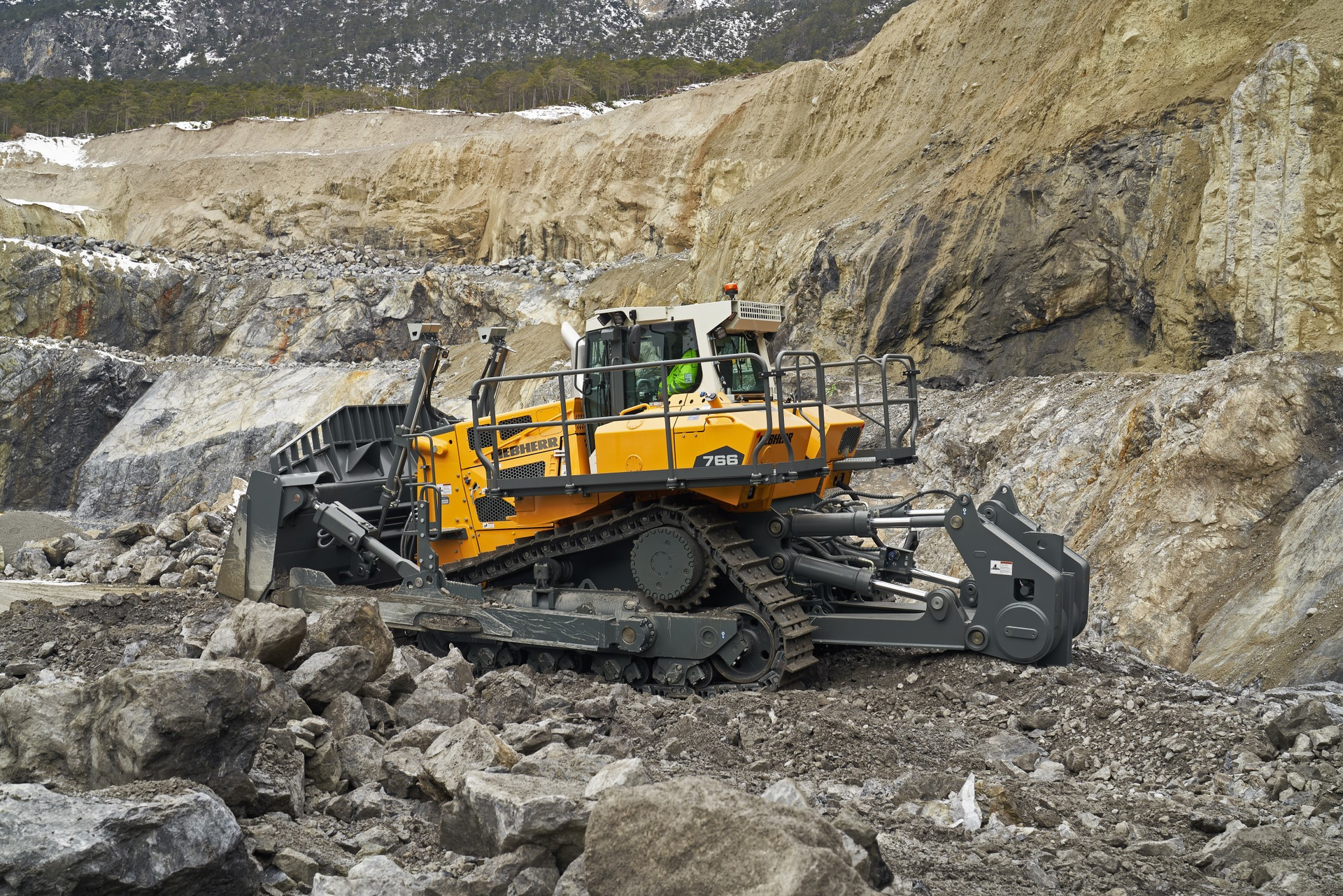
Liebherr offers six models of Generation 8 dozers, from the PR 716 G8 (132 horsepower, 29,231 pounds, 3.82-cubic-yard blade) to the PR 766 G8 (422 horsepower, 119,784 pounds, 22.23-cubic-yard blade). Available operator assist features include Free Grade blade stabilization, Definition Grade for 2D grading, and 3D Grade from Topcon for modeling complex terrain.Liebherr
Liebherr offers Generation 8 models of six dozers, from the 132-horsepower PR 716 G8 to the 422-horsepower PR 766 G8.
The five small and mid-size models come standard with 1D and 2D Liebherr Operator Assist Systems. 1D provides active blade stabilization for free grading; 2D provides active blade positioning for grading to longitudinal and cross slope specs.
3D Grade is an available option and has roof-mounted Topcon 3D Machine Control for complex 3D models. Ready kits, consisting of mounting and cabling, are available for customers using Trimble or Leica systems.
The large PR 766 G8 features Liebherr’s Delta High Drive as well as an oscillating idler and double bogie suspension for improved traction and comfort in mining and other production applications.
Liebherr Silent Design resulted in the company’s quietest dozers, thanks to noise-attenuating changes in cab mounting, hydraulics and drive systems on Generation 8 models.
Electronic pilot controls on the small- and mid-size models allow the operator to tailor response and speed of front and rear equipment and includes blade shake, rear ripper parking positioning and automatic blade lifting when reversing.
The LiDAT on Liebherr Generation 8 dozers has more sensors and greater data management capacity, helping ensure compatibility with current and future site management systems. All G8 models use common-rail diesel engines designed and built by Liebherr.
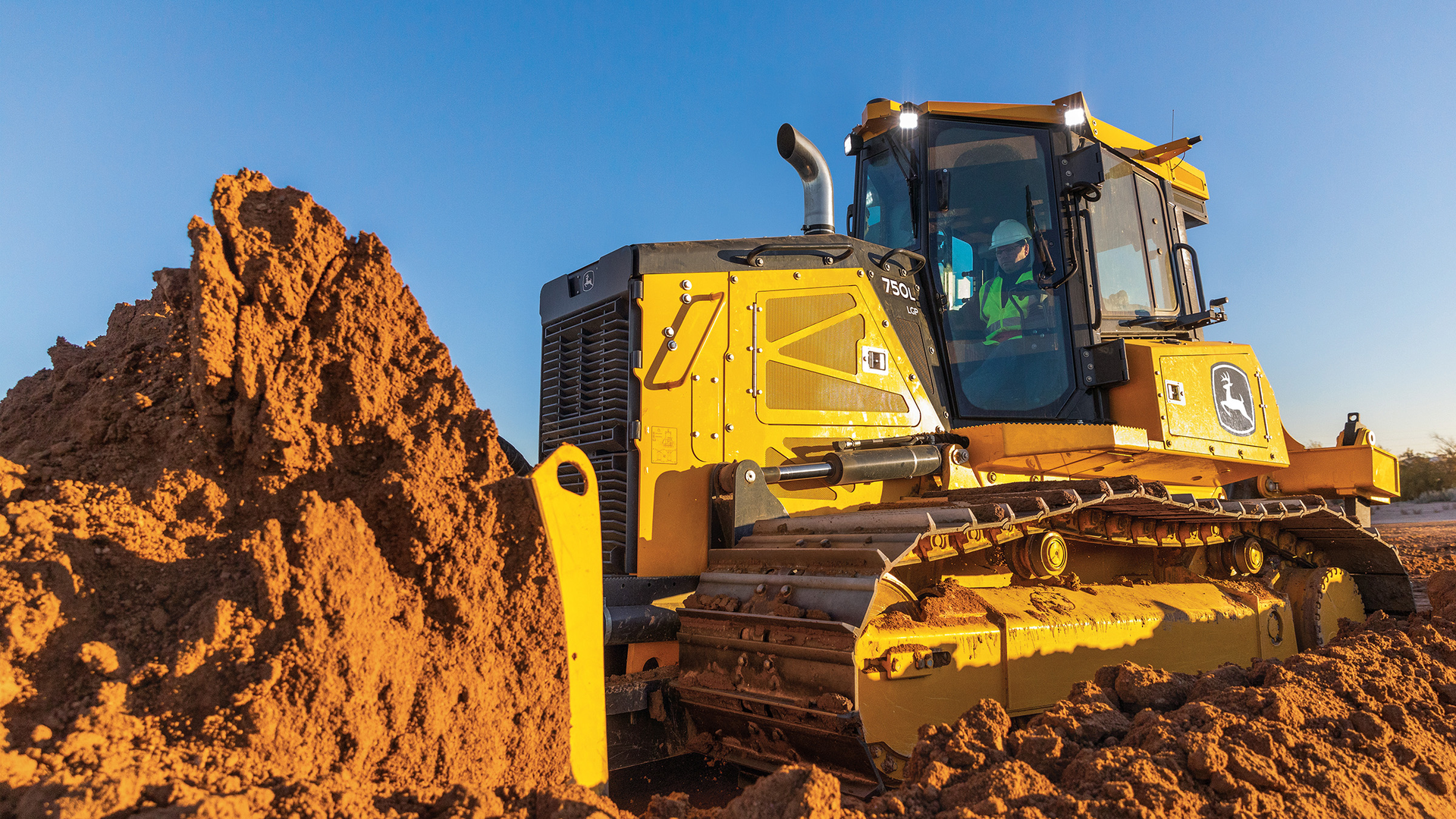
The John Deere 750L has a Deere PowerTech PVS 6068 engine rated at 131 net horsepower. Operating weight is 38,330 pounds. Blade capacity is 5.6 cubic yards. The dozer has hydrostatic drive with triple reduction final drive. The standard track has 40 shoes with a 7.5-inch pitch and single grousers designed for moderate service. Standard blade width is 129 inches; a 161-inch wide blade is optional.John Deere
Released in mid-2020, the 700L and 750L expand the L Series catalog for John Deere. The first was the 850L, released in 2019.
Features of the L Series include larger, more comfortable operator stations. Noise has been reduced more than half in the 700L compared to the 700K. Heated and ventilated premium seating and automatic temperature control are optional.
Horsepower and operating weight have been increased. An optional 161-inch blade is now available for the 750L. Hydraulic hose and electrical harness routing has been improved to reduce potential rub points, and hydraulic hose length on the 700L and 750L has been reduced 20%.
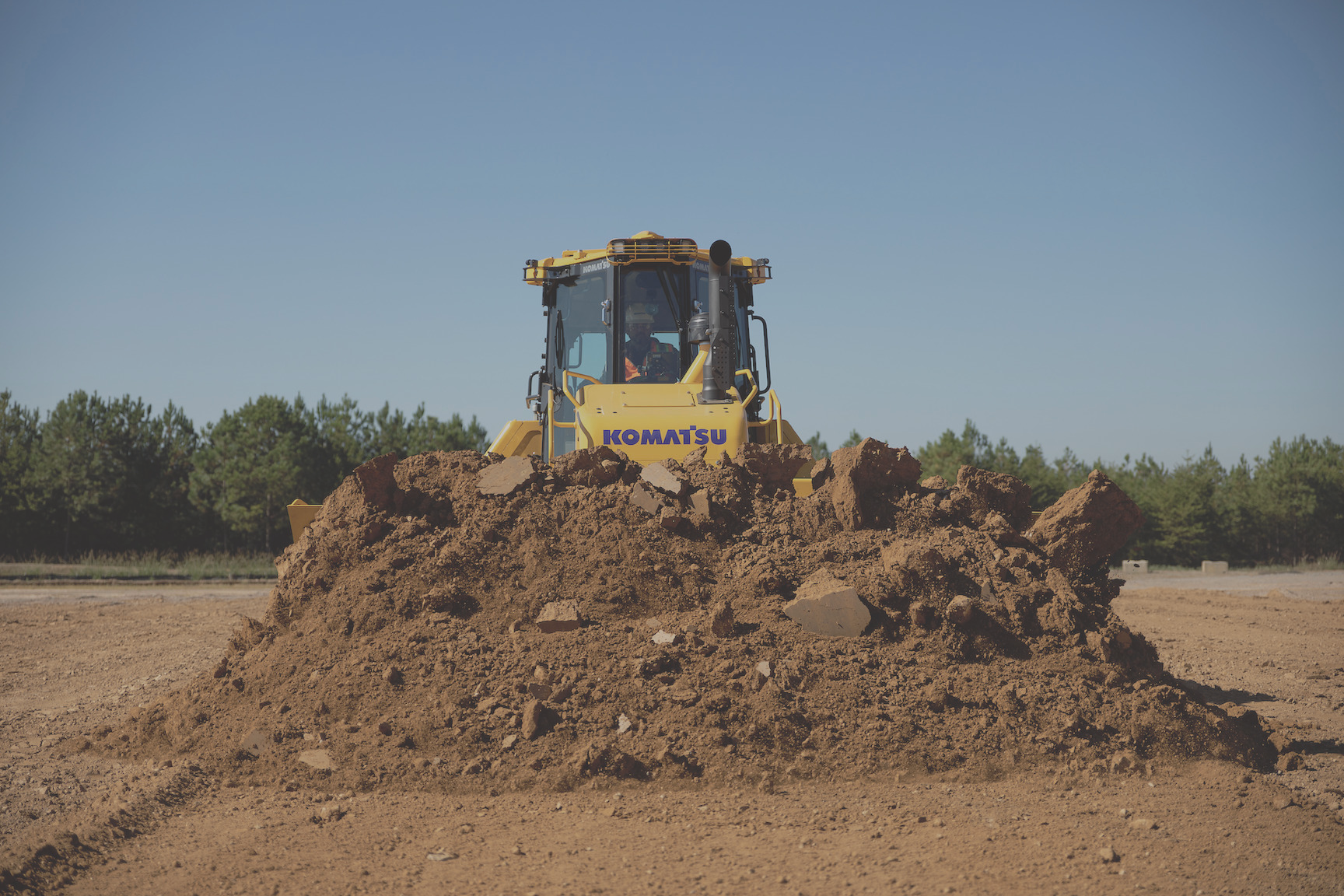
Komatsu’s D71PXiKomatsu
The D71-24 is Komatsu’s newest dozer. It is available with or without the company’s new iMC 2.0 intelligent Machine Control. All are powered by Komatsu SAA6D114E-6 engines rated at 237 net horsepower.
The D71 is Komatsu’s largest hydrostatic-drive dozer. Track options include 24-, 30- and 36-inch widths with blade capacities of 5.8 to 6.1 cubic yards.
“The D71 was a clean-sheet design,” says Andrew Earing, senior product manager, Komatsu. “The hydrostatic drive and standard PAT blade of the D71 make it a very nimble and versatile dozer.”
Other standard features include heated and ventilated seating, LED work lights and three-speed blade drop to shed sticky materials. Fast steering mode slows the inside track but also accelerates the outside track for tighter, faster turns while still allowing counter-rotation.
In a previous interview with Equipment World, LiuGong indicated its revamped Dressta dozers were scheduled for a fall launch. We have no additional information at this time.
Grade control technology
Deere has launched Slope Control on several dozer models in recent years, filling a need for less complex technology that doesn’t use a 3D model or external reference, such as a base station or laser.
“While adoption of 3D grade control systems has been significant over the past five or more years,” says Goedert. “There is still a place for entry-level grade control technology to grow adoption and simplify tasks.”
Slope Control automatically controls the blade, is designed to be simple to use and offers two operating modes, joystick and target. This entry-level system can be upgraded to Deere SmartGrade advanced 3D grade control at any time. SmartGrade performance responds to multiple inputs, including load levels, material types and dozing activities.
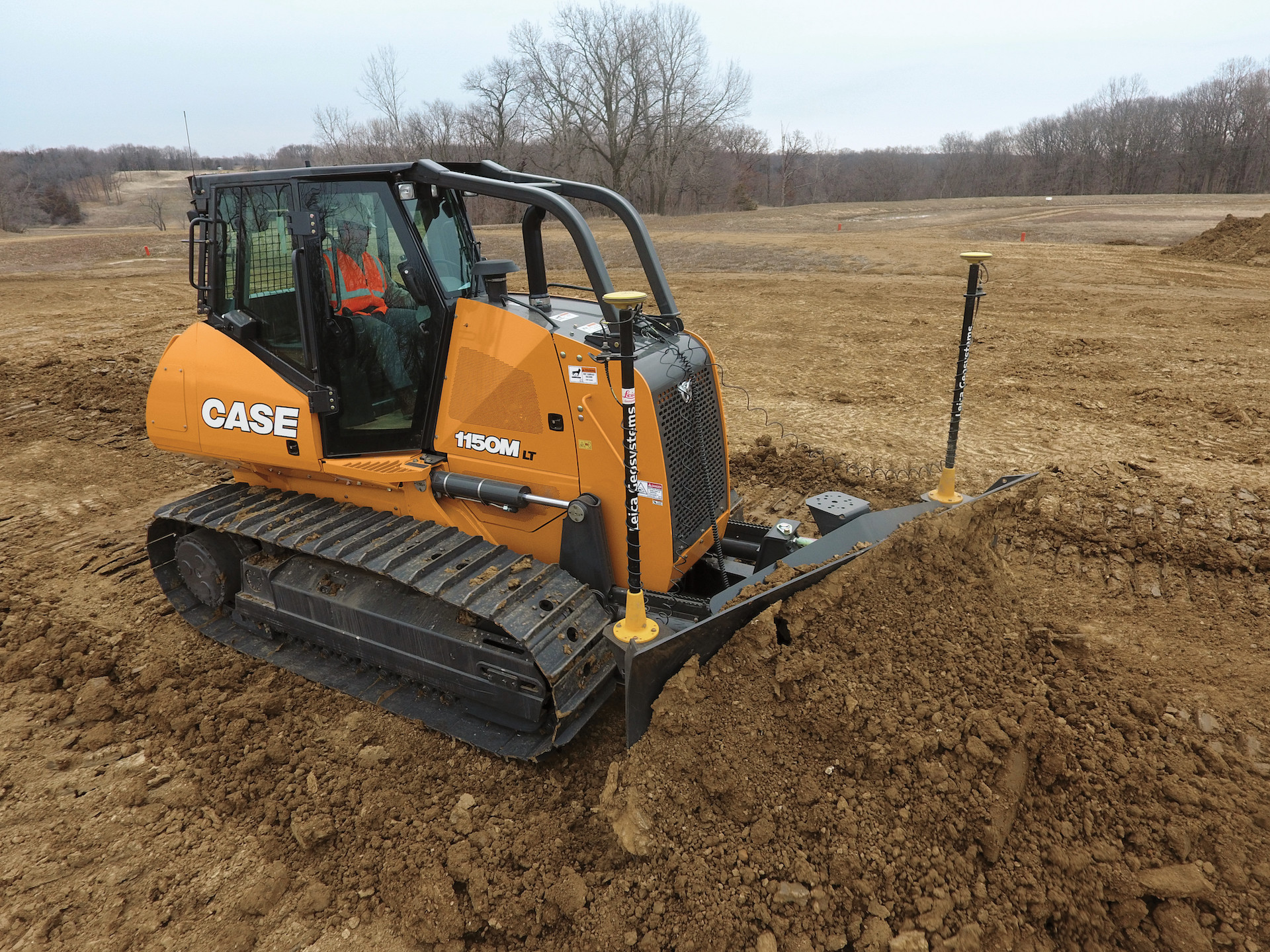
Case factory-fit machine control from Leica is available on 750M through 2050M dozers. Multiple levels of control are also available. For customers with six-way (PAT) blades working in extreme conditions, the iCON grade MCP80SP adds SP sensor technology and dual blade-mounted GNSS antennas for speed and accuracy.Case CE
Case announced in March the availability of its factory-fit machine control option on 750M through 2050M dozers. Packages include Leica Co-Pilot, 2D and dual-mast 3D systems. The factory installation includes calibration using Case World Class Manufacturing processes so the dozer arrives at the dealership ready for immediate use.
Jeremy Dulak, product manager for dozers, cites several advantages to the factory-fit approach. “The first is simplified ordering. Working with your Case dealer, you can group the Leica system that best fits your operation in with the purchase of the machine.” This allows a single payment, a single financing package, a single approval and a single interest rate.
Factory fit also ensures that when the machine arrives at the dealer, “it’s ready to go after just a very quick calibration.” And factory fit preserves residual value, he adds, because “the second owner will have confidence knowing the system was purpose-built to that specific machine and meets all quality and performance standards intended by the manufacturer.”
Komatsu’s iMC 2.0 offers “grass-to-grade automation,” says Earing. Most systems focus on grading; iMC 2.0 adds automated lift control for the fill process. This dramatically aids compaction and reduces the likelihood of costly rework by allowing each layer to be compacted before the next layer is lain.
Komatsu says iMC 2.0 brings performance to a level that is 96% equivalent to that of an experienced operator, which elevates the performance of lesser-skilled operators. Seasoned operators also benefit from iMC 2.0 because it will maintain settings they create, a feature Komatsu calls “operator-guided automation.”
Each Komatsu dealership has a technical service expert to help train customers on iMC 2.0. TSEs also help with the installation of systems from Topcon, Trimble and Leica.
Did you miss our previous article…
https://www.3555pacific.com/?p=101
